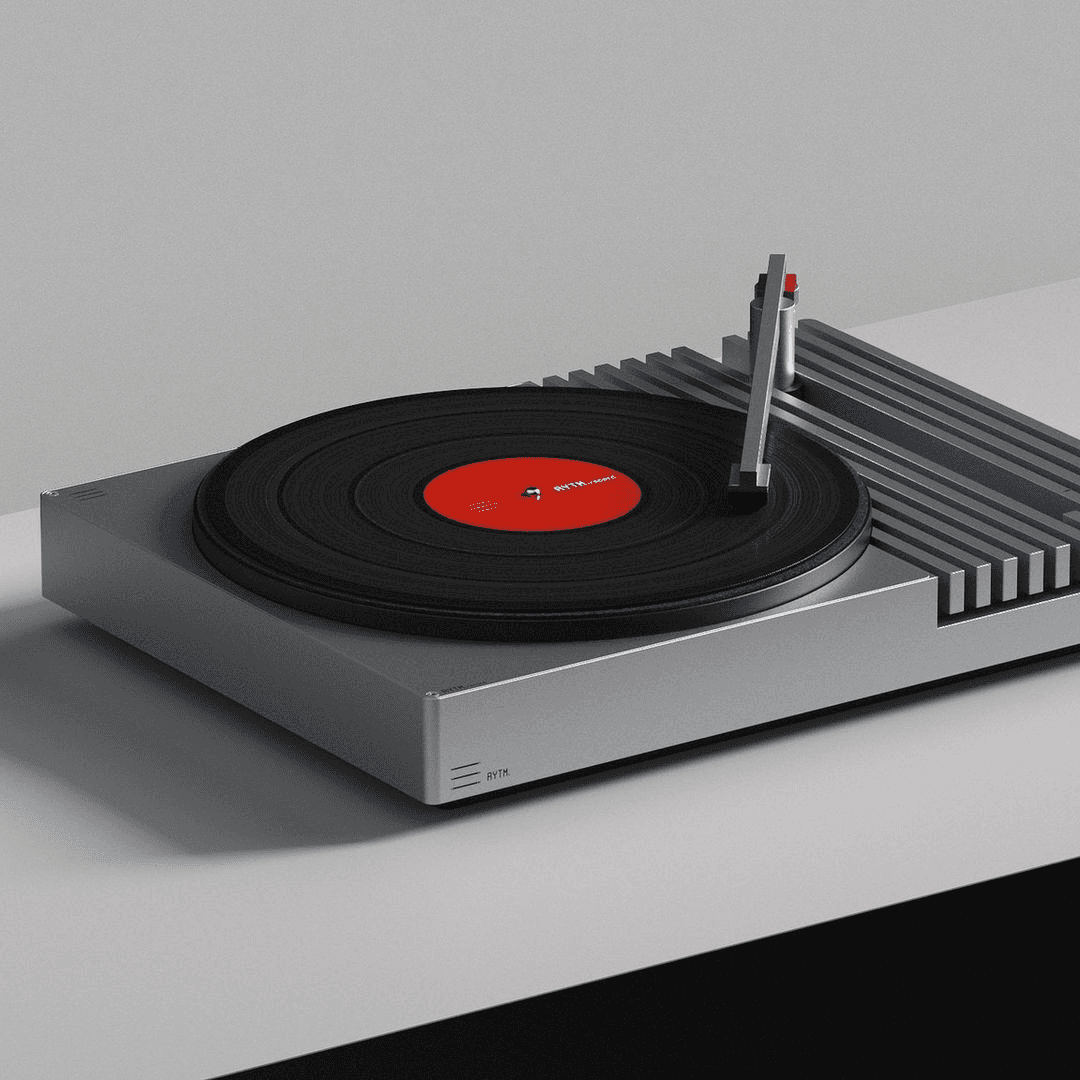September 12, 2024
Year
2024
Platform
Android
Category
Sports
Duration
4 Weeks
Context
Background
Friends in competitive gaming settings often struggle to keep track of scores accurately during their sessions. This project focuses on creating a solution that is simple, intuitive, and engaging, allowing users to track scores seamlessly without interrupting the flow of the game.
Industry
Mobile Applications, Gaming
Problem Statement
Define
Users need a streamlined method to track scores during gaming sessions that is quick, easy to use, and doesn’t disrupt the gaming experience.
Key Challenges
Designing a simple and intuitive interface for quick interactions during gameplay.
Accommodating different game types and scoring rules.
Ensuring smooth performance on a variety of Android devices.
Project Goals
Primary Goals
Improve user retention by delivering a tool that is both engaging and easy to use.
Enhance satisfaction by minimizing the effort required to manage scores.
Success Metrics
User Retention: Track user retention rates after the first session.
Task Completion Rate: Measure ease of score management.
Engagement: Monitor leaderboard and history feature usage.
Crafted
solution
Designed a minimal and clear interface that allows users to set up custom scorekeeping variables in under 20 seconds. This reduced the average match setup time by over 40 percent during testing.
Built an intuitive scoring screen with large tappable targets and reduced clutter, enabling users to update scores with one hand while staying focused on the game.
Implemented a lightweight history view that lets users revisit previous matches within 2 taps. Early testing showed a 60 percent faster retrieval rate compared to the original experience.
Tested with casual players to ensure users can navigate without needing guidance or onboarding. Achieved a 100 percent task success rate in our final round of usability testing.
Research
and Discovery
Research Goal
What do i need to learn or validate?
I needed to understand how users track scores across different types of sports, what common frustrations exist in current apps, and what features would offer real value to casual and competitive players alike.
Why does this matter for the user?
By validating real-world pain points and expectations, I ensured that ScoreKeeper would be useful, intuitive, and genuinely fill a gap in the current sports tech market.
Research Methods
What methods or sources are i using?
• Secondary research (sports UX reports, online forums)
• App store reviews of existing scorekeeping apps
• Competitor feature analysis
• UX pattern research on gamification and engagement
Why did i choose them?
Since this is an individual case study without live access to users, secondary research was the fastest and most scalable method to gather authentic user pain points and behavioral insights.
Key Insights from Articles & Online Research
What patterns or trends am I seeing across sources?
Users prefer minimal setup before scorekeeping
Offline functionality is important for outdoor and club sports
Gamification features such as badges and streaks increase retention
Many apps lack history or analytics which limits value over time
Users dislike needing to register just to try the app
How are users thinking, behaving, or reacting?
They want instant access to tracking without onboarding friction
They are frustrated when scores are lost due to connectivity issues
They value history and trend analysis but do not want complex interfaces
They often default to manual tracking because digital tools feel slow or overdesigned
To validate and deepen what I found during online research, I analyzed direct competitors to see how these insights show up in real products.
ScorePal
Strengths
Comprehensive Score Tracking – Allows users to track scores across multiple games with detailed statistics. Game History & Analytics – Users can review past games and track performance over time.
Weaknesses
Complex UI – The interface feels cluttered, making it difficult for casual users to navigate. Limited Social Features – No easy way to share scores with friends directly via social media or messaging apps.
Score Counter – The Tally Game
Strengths
Simple & Lightweight – Minimalistic design makes it easy for users to start tracking scores quickly. Customizable Scoring System – Users can define their own scoring rules for different types of games.
Weaknesses
No Game History – Scores reset after each session, making it impossible to track long-term performance. No Multiplayer Leaderboard – Lacks the ability to compare scores across multiple players over time.
Game Score Keeper
Strengths
Multi-Player Score Tracking – Allows multiple players to log scores in a single session easily. Quick Score Entry – Users can update scores quickly without too many steps.
Weaknesses
Lack of Visual Appeal – The UI is outdated and doesn’t engage users visually. No Performance Analytics – Users can track scores in real time but cannot analyze past performances.
Simple Score Keeper
Strengths
Easy to Use Interface – Clean and intuitive UI allows users to enter scores effortlessly. Offline Functionality – Works without an internet connection, making it useful in remote areas.
Weaknesses
No Leaderboard Functionality – Lacks a way to track high scores or rankings over time. Limited Customization – Users cannot modify the interface or scoring system for different games.
learning
What can we learn or avoid based on their UX?
Simplicity wins in casual play
Over-specialization limits audience (e.g., tennis-only apps)
Gamification is missing from most score apps
Many apps are not mobile-first or offline-capable
User Pain Points
What problems do users face, based on all research?
Paper based score tracking is error prone and gets lost
Apps with too many steps create friction before a match begins
History and performance records are often missing
No offline support leads to frustration mid game
Apps usually focus on one sport or specific tournament structures
Navigation and visual clutter make it harder to track in real time
Which of these pain points should i focus on next?
Make scoring instant with minimal setup
Add offline support for uninterrupted experience
Organize clean navigation to avoid distractions
Build in simple gamification to boost repeat usage
Keep design consistent across different sports and use cases
Target Audience
1. Casual Players
Social players who enjoy quick, fun matches with friends, especially during free time or in informal groups. They value ease of use and want minimal setup before starting a match. Most of their games are spontaneous and offline.
2. Competitive Gamers
Players who frequently participate in group tournaments, office leagues, or club games. They are goal-oriented and track progress over time. They value performance history, fair scoring, and social ranking systems like leaderboards.
3. Small Groups and Clubs
Sports groups made up of friends, colleagues, or local communities. These groups organize their own events casually and want an app that supports group visibility, shared score history, and engagement through rankings and badges.
user insights
& profiles
Final designs
Home Screen
Games Selection Screen
Leaderboard Screen
History Screen
Game Type Selection Screen
Match Setup Screen
Score Tracking Screen
Share Your
Thoughts Below
Comments







































